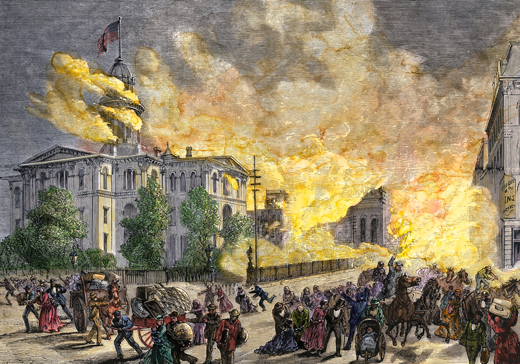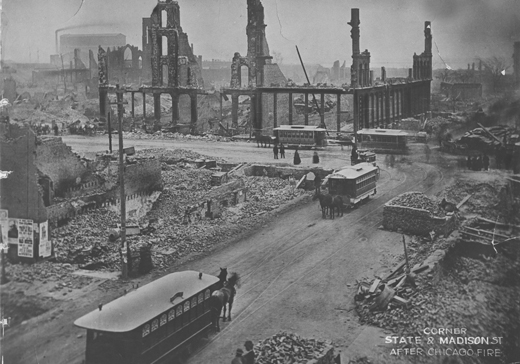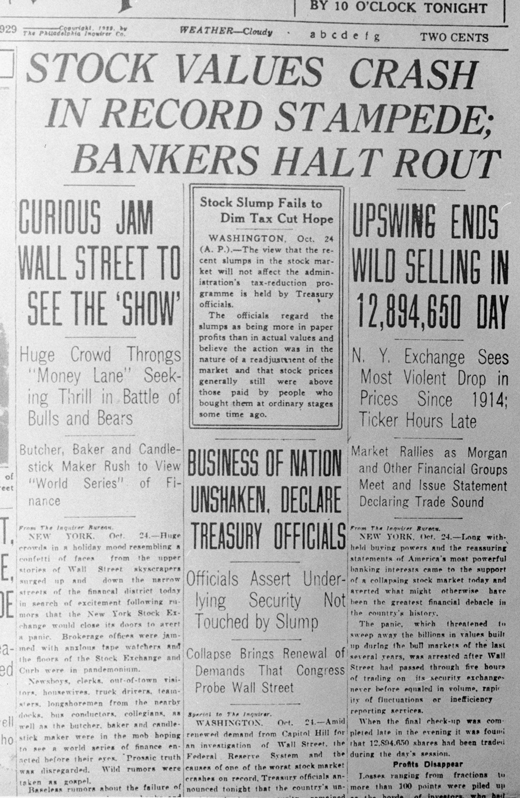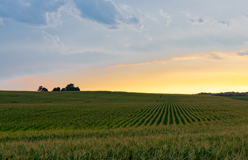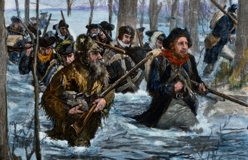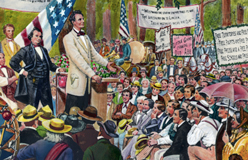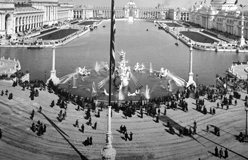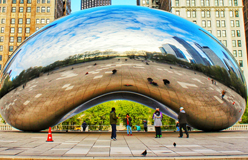The Gilded Age is the term historians use to describe the period between the end of the Civil War and the start of the next century.
It was marked by a handful of people known as “captains of industry.” They grew rich through monopolies of industries like steel and oil. (A monopoly is when one company is the only one that makes and sells a product.)
Industrialization meant that people worked in large factories producing goods. The factories in Chicago manufactured steel, iron, and agricultural machinery. In cities like Peoria and Moline, they produced plows and other farming equipment, and they produced aluminum in East St. Louis. The effect of all this manufacturing on Illinois was a tremendous increase in population, in wealth, and in problems.
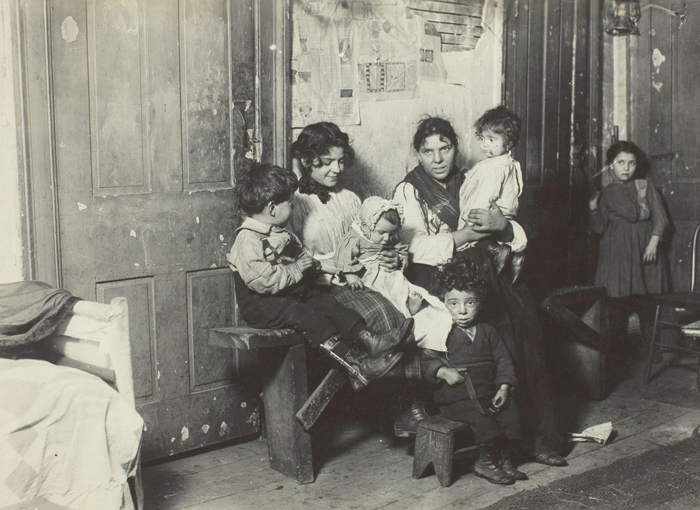
◀ Between 1890 and 1900, the population of Chicago more than doubled to almost 1.7 million. The newcomers were mostly from Southern and Eastern Europe, especially Italy, Poland, and Russia. Immigrants from Ireland arrived also. They came looking for work and a new life, but it wasn’t easy. They faced prejudice, and they had to live in crowded apartments. In addition, they worked in unsafe conditions, and for long hours (10–14 hours, 6 days a week) and low wages.
▲ It is known as the Great Chicago Fire of 1871. The fire started on the West Side of the city and burned for 36 hours. More than three square miles of Chicago were destroyed before a rainstorm extinguished the flames. Legend has it that the fire started because Mrs. O’Leary’s cow kicked over a lantern in her barn, but no one really knows how it began. After the fire, new laws required that fireproof materials be used in new buildings.

◀ The Home Insurance Building wouldn’t be considered a skyscraper today, but in 1885 it was. In fact, it’s considered the world’s first skyscraper. The building, in downtown Chicago, was 10 stories high and had a fireproof steel frame, which was much lighter weight than other buildings of the time. The building was taken down in 1931, but it set the stage for today’s skyscrapers and the shape of Chicago’s skyline.
Haymarket Square is a business area on the West Side of Chicago and also the site of the Haymarket Riot of 1886. Workers protested dangerous conditions, low wages, and long hours when police were called in to break up the crowd. Someone threw a bomb, which caused panic and then a riot. One outcome was a new law called the National Labor Relations Act that was intended to improve wages, hours, and workplace safety. The National Labor Relations Board is still part of the U.S. government. Shown here is the Haymarket Martyrs’ Monument. ▶
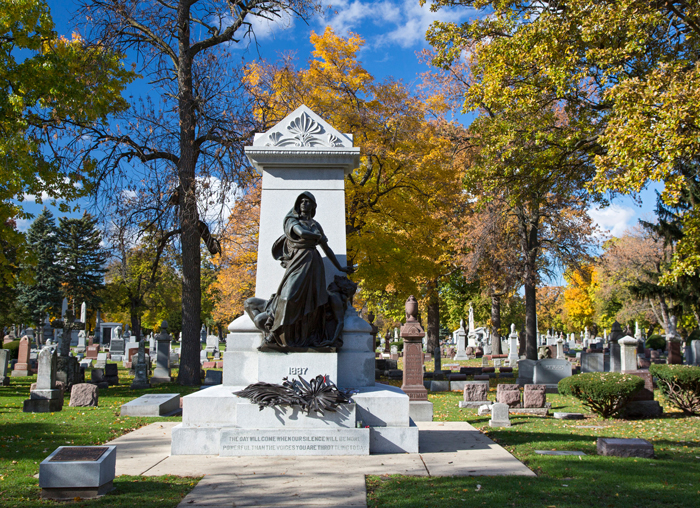

◀ Chicago was again at the center of an historic moment: the World’s Columbian Exposition of 1893. Also called the Chicago World’s Fair, the event marked the 400th anniversary of Columbus’s arrival in the Americas. The fair showcased new technology, art, gardening, transportation – and the first ever Ferris wheel.
Reflection
Reflect on the timing of the World’s Columbian Exposition. How do you think Indigenous peoples might have felt about celebrating this anniversary?
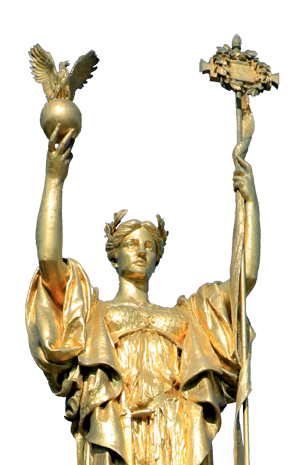
Check It Out!
What was missing from the Chicago World’s Fair?
The fair did not feature any exhibits by Black Americans. It included only a building constructed by Haitian workers. This single building was supposed to represent all people of African descent. Ida B. Welles, Frederick Douglass, and other well-known Black activists protested, and eventually, the fair included a “Colored People’s Day.”
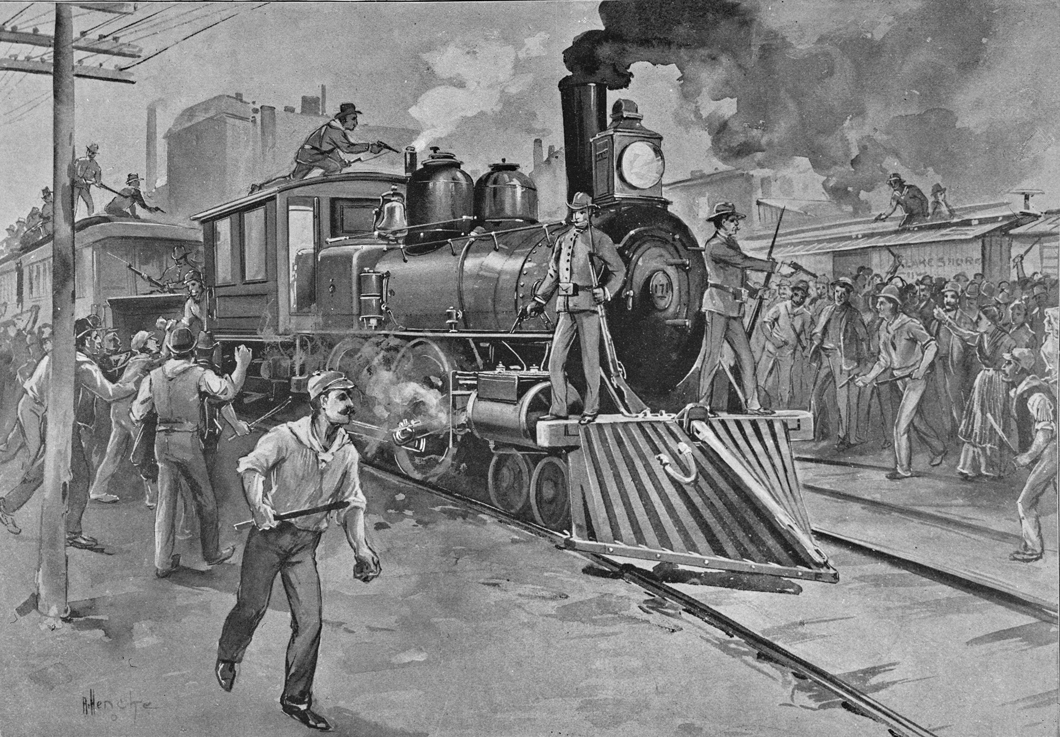
▲ It was July 1894, and the U.S. was in an economic downturn. Times were tough. The Chicago manufacturer of Pullman railroad cars cut wages and kept rent high for employees living in its “company town.” A company town is a place where housing and stores are owned by the employer. To protest, workers went on strike, or stopped working, which affected rail service throughout the Midwest and beyond. Workers across the U.S. refused to work on trains with Pullman cars. The strike lasted for almost three months and showed that workers had power. One result was a new holiday to honor workers – Labor Day.
The United States entered World War I on April 6, 1917. As the country got ready for war, a popular slogan spread, “Food will win the war.” Increased food production was one of Illinois’s greatest contributions to the war. Plus, farmwork started being taught in Illinois high schools. Our state also sent over 350,000 soldiers to fight, which included one out of every 12 soldiers in the U.S. Army. ▶
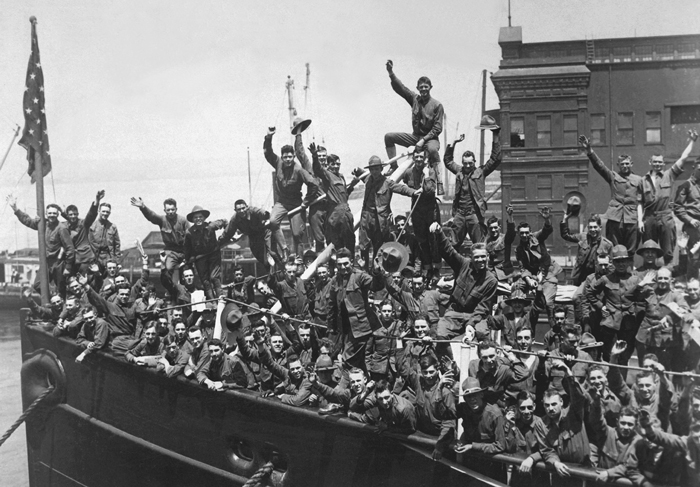

◀ It was a hot summer day in Chicago when Eugene Williams, a Black teenager, and his friends were cooling off in Lake Michigan. The raft they were on drifted into a segregated (“Whites only”) part of the beach. To make them leave, a White man threw stones at the teenagers, one of which hit Williams, who fell off the raft and drowned. The incident set off a week of violence marked by deaths and injuries and came to be known as the 1919 Chicago Race Riots.
From 1929 to 1939, our country suffered through the Great Depression. People lost their jobs, their homes, and their wealth, and Illinois was no exception. For people who still had jobs, wages were cut by 60 percent. The prices of crops fell, and many farmers lost their land. In 1933, President Franklin D. Roosevelt started the New Deal project to help the country get back on its feet. For Chicago, that meant construction projects, a new bridge, a new subway, and Lake Shore Drive – a new roadway along Lake Michigan. The Great Depression ended in 1941 when the United States prepared to enter World War II. ▶
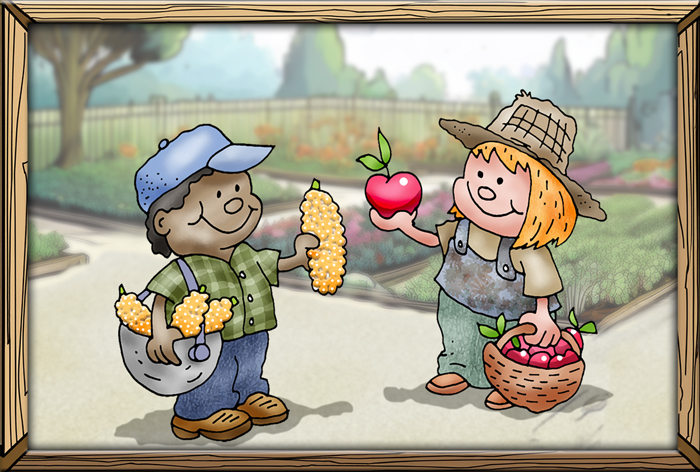
▲ The U.S. was again at war between 1941 and 1945, and again, our state did its part, with almost a million women and men joining the military. Companies throughout Illinois changed the products they manufactured to ones that were useful for the war. For example, the Pullman Company pivoted from producing railroad cars to tanks and cannons. Civilians helped by creating victory gardens, or garden plots of fruit and vegetables grown in backyards, on rooftops, in parks, and even in window boxes. They provided families with healthful food, and at the same time, freed up agriculture produce for the troops.
